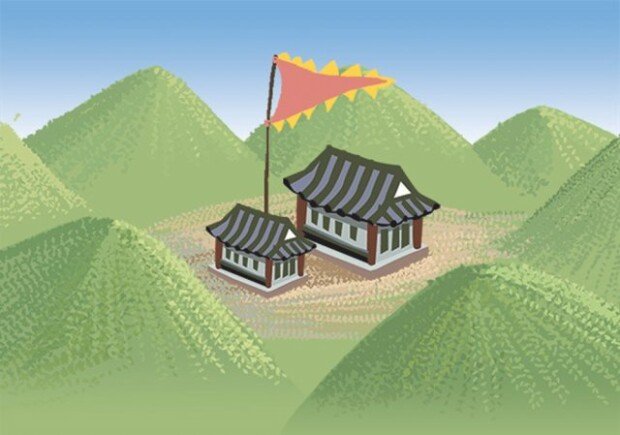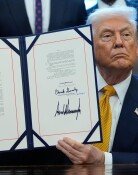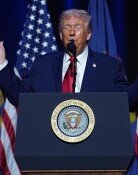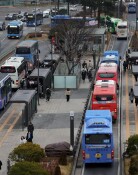Unmun-sa and hwarang fighters
Unmun-sa and hwarang fighters
Posted March. 09, 2021 07:21,
Updated March. 09, 2021 07:21

Located in Cheongdo County, North Gyeongsang Province, Unmun-sa is a Buddhist temple boasting a long-standing history built in the Silla period. Currently housing Unmun Buddhist University, an academy dedicated to Buddhist nuns, Unmun-sa remains both stately and tranquil.
In fact, Unmun-sa has played a crucial role for the military. During the period of the Three Kingdoms, there were five temples in this area, and Gasil-sa, the precursor of Unmun, was one of them where Won Gwang, the famed Buddhist monk of Silla, preached Sesok-ogye, the moral codes of the hwarang fighters. The name Unmun was later bestowed by Taejo of Goryeo. Taejo Wang Geon fought a number of bloody battles with Gyeon Hwon, the king and founder of Hubaekje in the northern parts of Unmun-sa, including Mungyeong - Jinwi - Cheongsong. It is surmised that the forces of Unmun-sa offered reinforcement from behind for Taejo.
It was the Unmun-sa temple where the revolt of Kim Sa-mi and Hyo Sim erupted in the late Goryeo era, and during the late years of the Korean Empire, militia leader Choi Se-yoon’s squad was also headquartered in Unmun-sa. In 1908, Gwon Byeong-ho and his militia unit staked out in Mt. Unmun. Mt. Gaji where the Unmun-sa temple is located lies in the borders between Gyeongju -Ulsan and Daegu-Gyeongsan areas. Bridging those two areas, Mt. Gaji served as a vantage point for defense or guerrilla activities armed with vertiginously steep mountains.
Before I visited the mountain, I thought Won Gwang’s message of “no retreat” in his moral codes was simply meant for his hwarang students who were trained to fight in battles. But the visit has made me think there might be something more to his warning against retreating. When the three kingdoms began to wage war, this area could serve either as a bridgehead or a last line of defense for Silla. It was no coincidence that Won Gwang stayed in this temple where the code of Silla’s hwarang chivalry was born.
Hwarang fighters made immense contributions to Silla’s fight in the war. On the surface, the precepts of refusing to retreat may have played a role, but the real impact they had was on the expansion of Silla’s highly closed political system of bone rank system. But the hwarang fighters were purged after Silla’s success. The reasons should be one of two; hwarangs have changed or they have been abandoned by the higher political rankers. Either way, the lesson remains the same; those in power were blinded by greed and forgot how they grabbed power. The wheel of power always circles back like karma.







